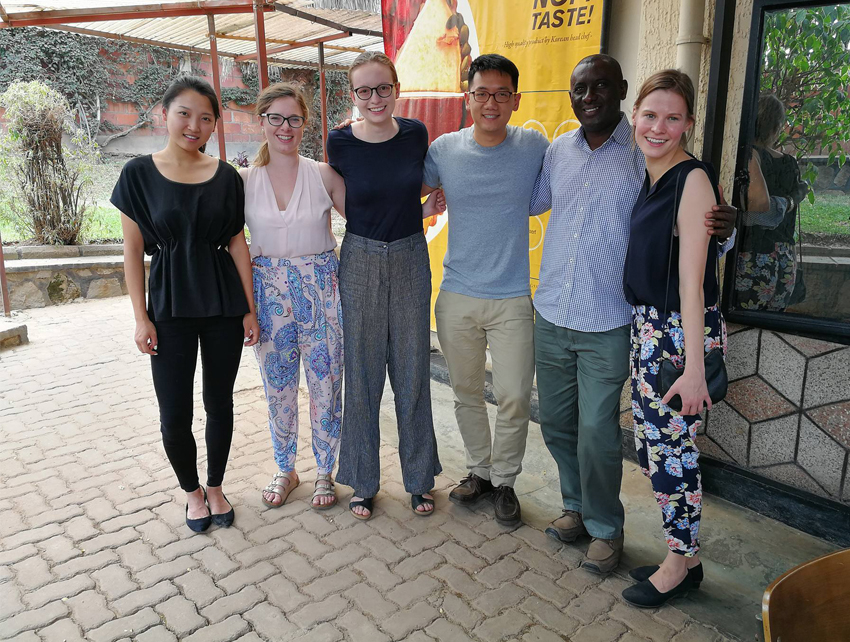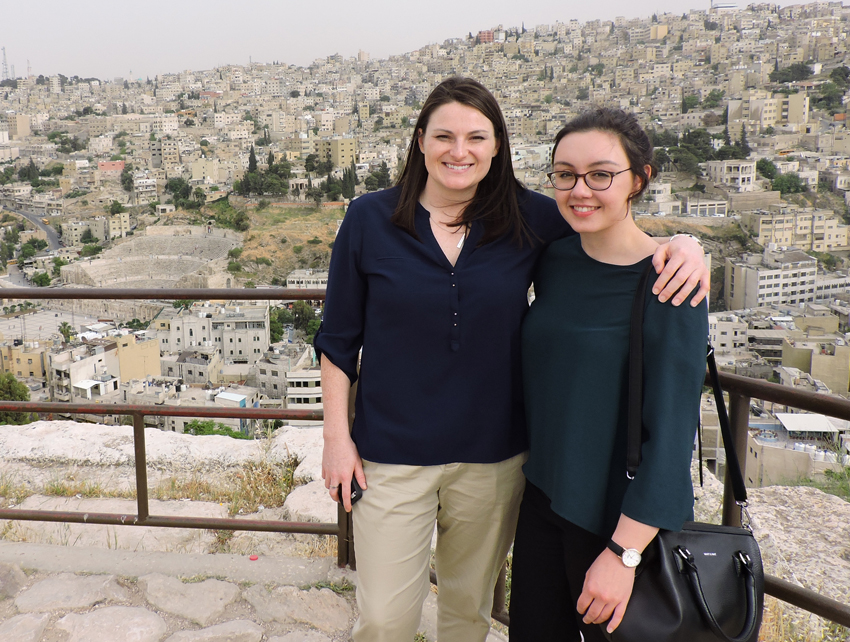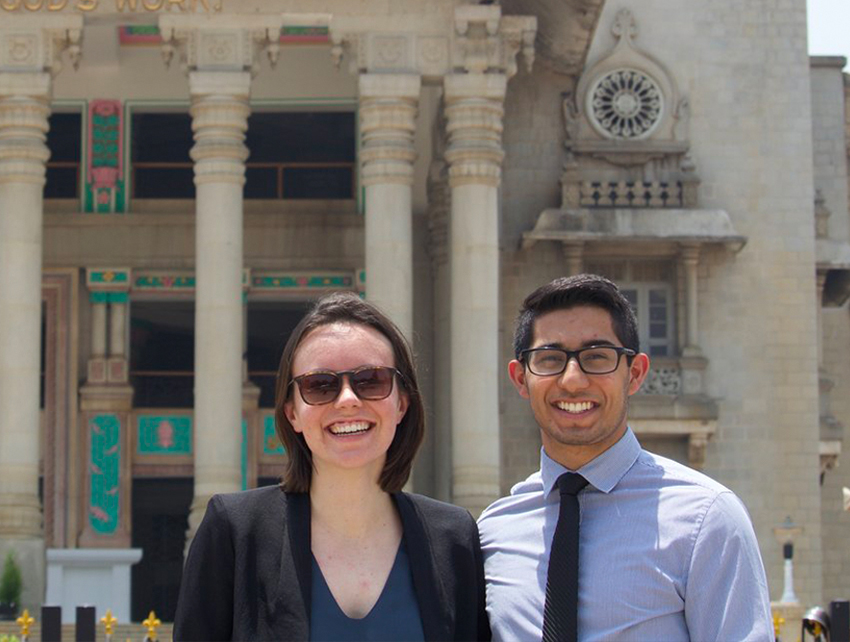
Working alongside renowned researchers and academics. Tackling some of the world’s most daunting challenges today, not tomorrow. Gaining vital hands-on leadership experience. These are the hallmarks of a U of T education and of the Reach Project – a research initiative I lead at the Munk School of Global Affairs.
In the Reach Project, teams of students from diverse backgrounds spend months researching programs that have proven successful in combatting poverty in developing countries. Their exhaustive final reports are like how-to manuals, enabling others around the world to learn from and adapt these initiatives. Local successes are thus shared as viable global solutions, potentially benefiting millions.
I invite you to watch the video below about our work and to read about the experiences of our students. I hope their stories will convey the global importance of this work and the transformative power of their personal experiences. And I ask you to please support hands-on educational opportunities at U of T which, like the Reach Project, play such an essential role in the education of tomorrow’s leading citizens.
— Professor Joseph Wong
Chair, the Reach Project
The 1994 Rwandan genocide killed close to one million people and destroyed the country’s health-care infrastructure. Yet a little more than two decades later, Rwanda boasts a 98 per cent coverage rate for seven essential childhood vaccines. This is one of the highest immunization rates in the world, achieved despite pervasive poverty, a rural population and a challenging geography.
Student researchers with the Reach Project visited the country in August 2017 to understand its success. They discovered a vast system of community health workers using a mobile phone-based text messaging system called RapidSMS, which allowed them to effectively organize and coordinate with other levels of the health system to deliver vaccines to populations in need.
This innovative approach could have enormous implications worldwide. If Rwanda’s immunization rate can be achieved in all poor countries over the next 10 years, public health researchers estimate that 6.4 million children could be saved and 426 million cases of severe illness could be prevented.
As Westerners, we often take a top-down approach to health, development and poverty in low income countries. The Reach Project has taught me that we need to do more listening and to hear from those who do not have a voice. Most importantly, our work needs to add value to the countries and communities in which we do it.
— Julia Robson (BSc 2018)
student researcher in Rwanda

Julia Robson (BSc 2018), centre left, with members of the Reach team in Rwanda.
Jordan has taken in more than 630,000 refugees since the Syrian civil war broke out in 2011. This influx brings the total number of refugees in Jordan to 721,000—a staggering figure considering the country’s population is only 9.5 million. To make the most of scarce resources, the UN Refugee Agency in Jordan has implemented an incredibly efficient cash transfer program.
The secure program, which can be accessed via biometric data such as iris-scans or fingerprints, allows the agency to get cash assistance to refugees quickly and directly, allowing them to pay for food, rent and other vital services. The system is virtually fraud-proof and has very low overhead with almost every penny finding its way into the pockets of refugees.
Reach Project students visited the country in July 2017 to conduct interviews with NGOs throughout Jordan. The Reach Project’s report will help document and share the knowledge gained on the ground in Jordan to help other aid organizations improve the lives of 22.5 million refugees worldwide.
We visited the first location to establish biometric ATMs for Syrian refugees. The town was close to the Syrian border—so close that the citizens of the town often heard the sounds of shelling and bombs flying overhead. We wondered if the town would feel threatened by the arrival of so many Syrian refugees and international aid workers. However, a deep sympathy and sense of welcoming was present throughout our fieldwork. It was a profound experience.
— Natalie Boychuk (BA 2019 TRIN)
student researcher in Jordan

Natalie Boychuk (BA 2019 TRIN), right, in Jordan.
Up to 1.5 billion people in developing countries lack proof of legal identity, making it extremely difficult for them to attend school, visit a doctor, vote, gain formal employment and partake in many other benefits of society.
Up until recently, India faced a particularly daunting challenge in this regard: up to 40 per cent of births went unregistered, and 70 per cent of residents had no nationally recognized piece of identification. In response, India’s government introduced a biometric ID called Aadhaar. Since launch, they have issued more than 1.1 billion Aadhaar numbers, giving 99% of the population proof of identity. Reach Project students found a wide array of factors for this success, including an innovative "poor-friendly" approach.
The experience of designing a research project, conducting field research abroad and writing a report, as an undergraduate student, provided me with a strong skill-set that is essential for graduate studies and many different types of jobs. Additionally, I think the Reach Project instills in all the researchers a sense of responsibility to work in some capacity towards achieving the UN's Sustainable Development Goals.
— Carol Drumm (BA 2017 TRIN)
India Reach Project team

In India, Carol Drumm (BA 2017 TRIN), left.